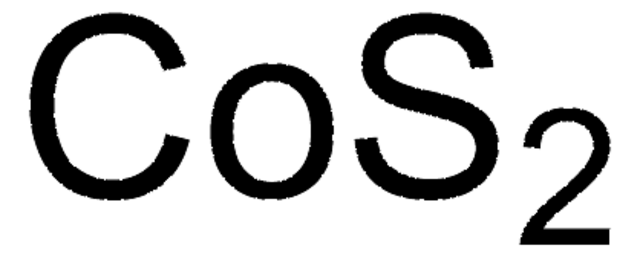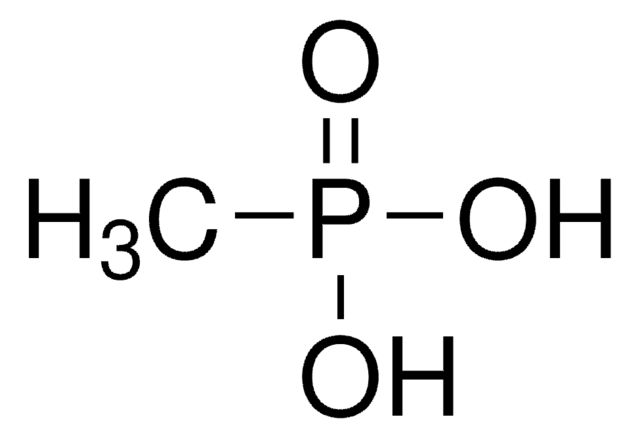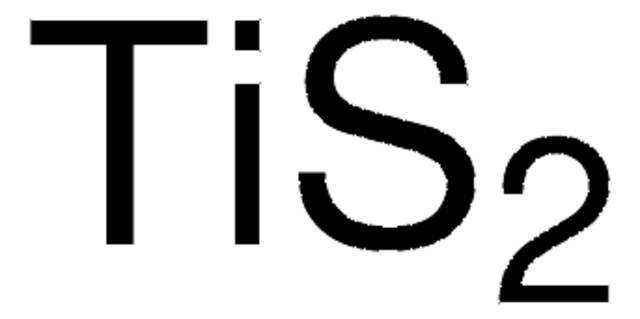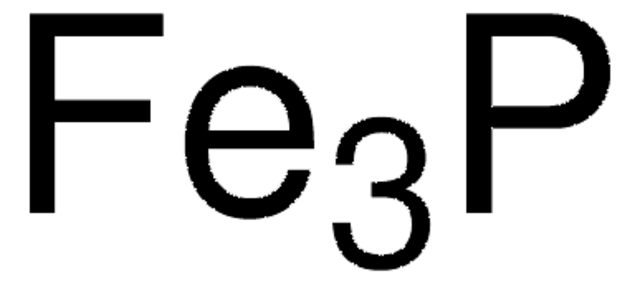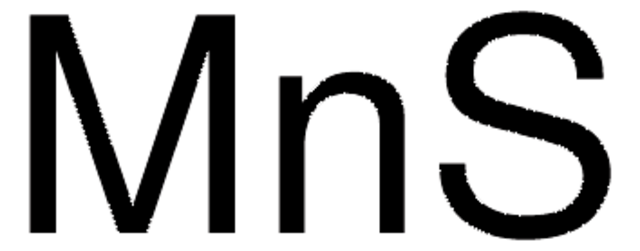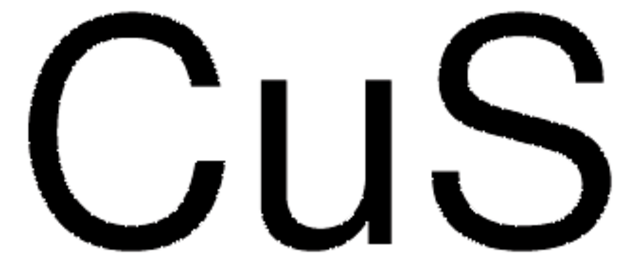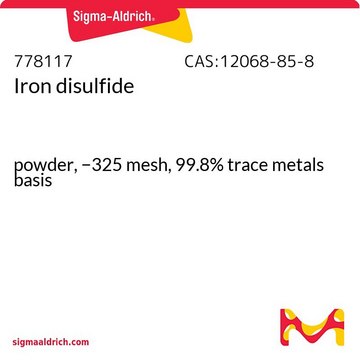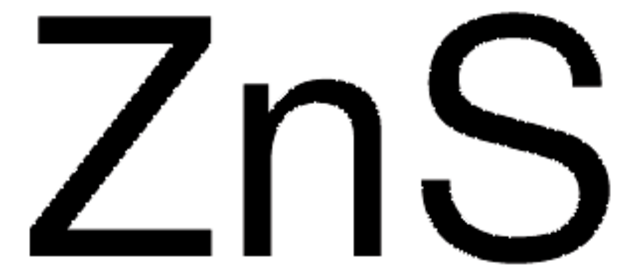About This Item
おすすめの製品
品質水準
アッセイ
99.7% trace metals basis
フォーム
powder
反応適合性
reagent type: catalyst
core: nickel
粒径
−150 mesh
密度
5.8 g/mL at 25 °C (lit.)
アプリケーション
battery manufacturing
SMILES記法
[Ni]=S=[Ni]=S=[Ni]
InChI
1S/3Ni.2S
InChI Key
YGHCWPXPAHSSNA-UHFFFAOYSA-N
詳細
アプリケーション
包装
シグナルワード
Danger
危険有害性の分類
Acute Tox. 3 Inhalation - Aquatic Acute 1 - Aquatic Chronic 1 - Carc. 1A Inhalation - Muta. 2 - Skin Sens. 1 - STOT RE 1 Inhalation
ターゲットの組織
Lungs
保管分類コード
6.1D - Non-combustible acute toxic Cat.3 / toxic hazardous materials or hazardous materials causing chronic effects
WGK
WGK 3
引火点(°F)
Not applicable
引火点(℃)
Not applicable
個人用保護具 (PPE)
Eyeshields, Faceshields, Gloves, type P3 (EN 143) respirator cartridges
適用法令
試験研究用途を考慮した関連法令を主に挙げております。化学物質以外については、一部の情報のみ提供しています。 製品を安全かつ合法的に使用することは、使用者の義務です。最新情報により修正される場合があります。WEBの反映には時間を要することがあるため、適宜SDSをご参照ください。
PRTR
特定第一種指定化学物質
労働安全衛生法名称等を表示すべき危険物及び有害物
名称等を表示すべき危険物及び有害物
労働安全衛生法名称等を通知すべき危険物及び有害物
名称等を通知すべき危険物及び有害物
Jan Code
343226-25G:4548173294339
343226-BULK:
343226-250G:4548173294322
343226-VAR:
この製品を見ている人はこちらもチェック
ライフサイエンス、有機合成、材料科学、クロマトグラフィー、分析など、あらゆる分野の研究に経験のあるメンバーがおります。.
製品に関するお問い合わせはこちら(テクニカルサービス)